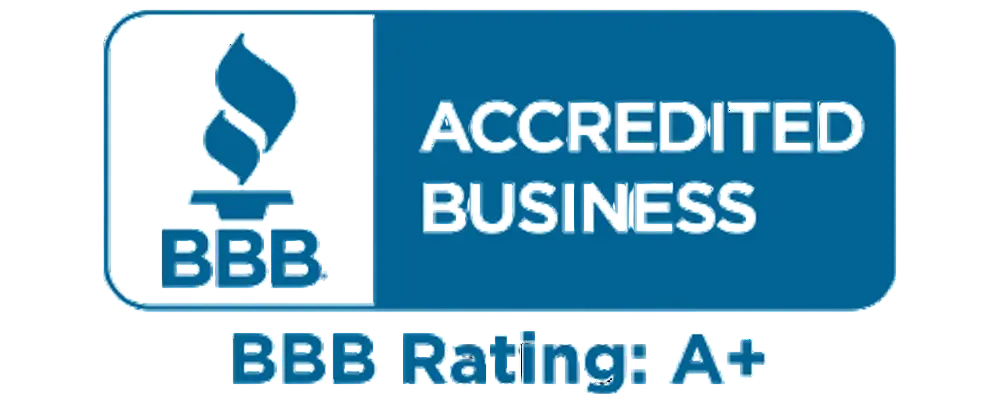Download free PDF
Commercial & Industrial String Inverter Market Size - By Voltage (≤ 230V - 400 V, 400 V - 600 V, > 600 V), By Connectivity (Standalone, On Grid) 2025 – 2034
Report ID: GMI12624
|
Published Date: December 2024
|
Report Format: PDF
Download Free PDF
Authors: Ankit Gupta, Pooja Shukla



Premium Report Details
Base Year: 2024
Companies covered: 12
Tables & Figures: 25
Countries covered: 19
Pages: 115
Download Free PDF

Commercial & Industrial String Inverter Market
Get a free sample of this report
Get a free sample of this report Commercial & Industrial String Inverter Market
Is your requirement urgent? Please give us your business email
for a speedy delivery!





Commercial & Industrial String Inverter Market Size
The global commercial & industrial string inverter market size was valued at USD 13.1 billion in 2024 and is estimated to grow at a CAGR of 10.6% from 2025 to 2034. It is a type of power conversion device designed to convert the DC generated by solar photovoltaic panels into AC for use in commercial or industrial facilities. Their ease of use and cost-effectiveness makes them common in medium to large scale solar installations, as they utilize a single inverter for many strings of connected solar panels.
Growing customer preference towards inverters aligning with stringent international and regional grid standards, such as those mandated in the U.S. and Europe will augment the product growth. Additionally, rising advancements in string inverter technology including multiple maximum power point trackers, integrated arc-fault circuit interrupters, and remote monitoring features to enhance system performance and safety will augment the product adoption.
Strengthening attention towards minimizing carbon footprints and achieving corporate social responsibility objectives will propel companies to embrace renewable energy alternatives, thereby enhancing industry trust. Additionally, string inverter’s excellent efficiency and compatibility with various solar PV configurations will influence the product adoption achieving sustainability objectives in the sector. Increasing adoption of policies such as net metering coupled with investment tax credits and other renewable energy initiatives promotes the use of solar technologies harnessed with string inverters by businesses.
Commercial & Industrial String Inverter Market Trends
Increasing demand for cost-effective inverters with modular design, allowing flexible system scaling, and enabling businesses to expand their solar capacity without overhauling the entire setup will impact the product proliferation. Considerable investment into building inverters with superior monitoring systems that provide data on energy generation, system status and potential problems while also lowering operational and maintenance expenses will enhance the market prospects.
Commercial & Industrial String Inverter Market Analysis
Based on voltage, the commercial & industrial string inverter > 600 V. ≤ 230V - 400 V is anticipated to cross over USD 18.6 billion by 2034, due to string inverter's high compatibility with low voltage systems ensuring seamless integration without requiring additional voltage transformation equipment. Rising adoption of inverters with reduced infrastructure costs compared to higher-voltage systems, enabling businesses to utilize existing electrical networks without significant modifications, enabling quicker and more cost-efficient deployment will complement low-voltage product adoption. Growing focus on safety in commercial & industrial setups will uplift the product demand in the low voltage range.
Based on connectivity, the commercial & industrial string inverter market from standalone segment is set to grow at a CAGR of over 12.6% through 2034. Rising businesses focus on energy independence to mitigate risks associated with grid outages and supply disruptions will stimulate product demand. Growing industry operations in remote or rural locations where grid connectivity is either unavailable or prohibitively expensive will improve standalone inverter adoption. Furthermore, the connectivity eliminates the need for costly grid infrastructure and recurring utility expenses, providing significant cost savings over time leading to fostering the industry landscape.
The U.S. commercial & industrial string inverter market is anticipated to reach over USD 3.4 billion by 2034. Rising government programs such as the Investment Tax Credit (ITC) and renewable energy mandates will propel the adoption of solar technologies in the U.S., driving the product adoption. Increasing shift towards a decentralized grid model, emphasizing distributed generation systems coupled with rising setting of ambitious sustainability targets to align with carbon reduction goals will complement the business scenario.
In Asia Pacific, rapid growth in commercial & industrial activities necessitates demand for reliable and scalable energy solutions, making string inverters a preferred choice. Expanding boom in rooftop solar adoption, driven by limited land availability and urban energy requirements will further improve industry growth. Increasing energy demand from southeast Asia, where grid infrastructure is underdeveloped, will boost demand for standalone and hybrid systems with string inverters to provide reliable electricity for commercial & industrial purposes.
Commercial & Industrial String Inverter Market Share
Eminent players are heavily investing in R&D to develop advanced string inverters tailored for commercial & industrial applications. Players are expanding their presence in emerging markets such as Asia Pacific and Africa, where industrialization and commercial solar adoption are growing. Furthermore, some manufacturers are bundling string inverters with complete solar solutions, including solar panels, energy management systems, and battery storage. This integrated approach simplifies installation for customers and enhances overall system performance.
Commercial & Industrial String Inverter Market Companies
Eminent players operating in the commercial & industrial string inverter industry are:
Commercial & Industrial String Inverter Industry News:
This commercial & industrial string inverter market research report includes an in-depth coverage of the industry with estimates & forecast in terms of revenue and volume in “(USD Billion & MW)” from 2021 to 2034, for the following segments:
Click here to Buy Section of this Report
Market, By Voltage
Market, By Connectivity
The above information has been provided for the following regions and countries: